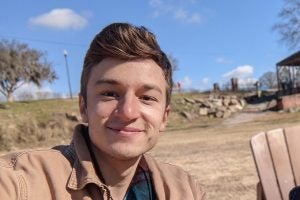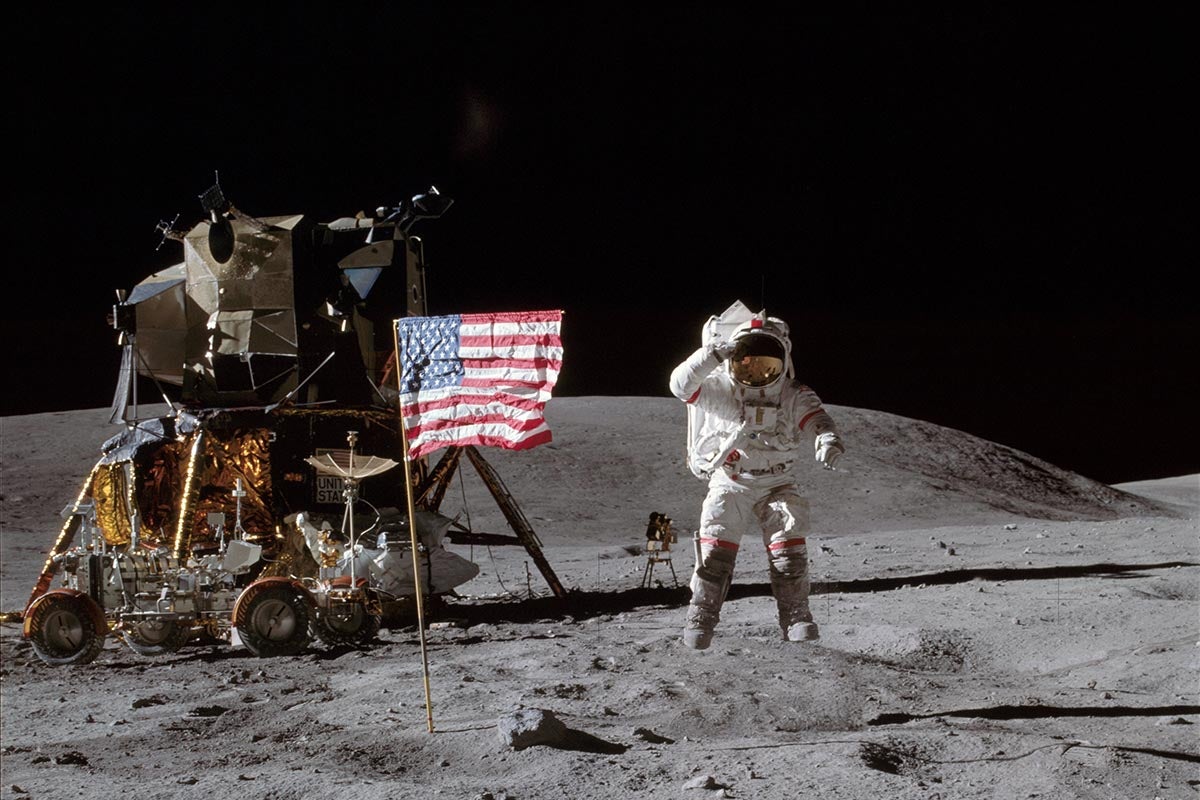A group of six University of Central Florida students and alums from a range of fields designed and won the Best Technical Poster award as finalists in NASA’s recent Lunar Dust Challenge. They received the honor after NASA’s 2021 Breakthrough, Innovative and Game-Changing (BIG) Idea Challenge Virtual Forum in November 2021.
As part of NASA’s BIG Idea Challenge to conquer lunar dust, the project — titled Lunar Dust Mitigating Electrostatic micro-Textured Overlay, or LETO — provided an opportunity of a lifetime to design, form and test new innovations to get the researchers on NASA’s radar.
With the theme centered around lunar dust, the UCF team designed a space suit material overlay for astronauts performing space exploration. The moon’s surface is covered in sharp, hazardous lunar dust that could be a danger to people and equipment.
“Our group was familiar with creating polymer-based composite materials, so we saw it as a great opportunity to further expand our knowledge in the field and contribute to the space industry,” says team member Yuen Yee Li Sip ’17’19MS, a Ph.D. student studying materials science and engineering. “I greatly appreciate the research that I do, to be able to combine two or more components in one and create new materials with various properties.”
Their new design uses the microstructure of bee hair, hoping to simulate the capture and release of pollen. These hair-like fibers work similarly to remove lunar dust via electric field signals.

“This project required tremendous innovation to solve unexpected issues and predict the expectations of the review panel of accomplished experts in the field,” says team member Adam Rozman, an undergraduate researcher in the Department of Mechanical and Aerospace Engineering;. “I am honored that I had the opportunity to work with the brilliant, devoted, and creative team at Dr. Zhai’s lab to bring this project to fruition.”
The team also included Nilab Azim ’20MS ’21PhD, a recent graduate with a doctorate in chemistry; Alex Burnstine-Townley ’16, a doctoral student in the Department of Chemistry; Trisha Joseph ’20, a recent graduate with her bachelor’s in physics; Nicholas Alban, undergraduate researcher in the Department of Electrical and Computer Engineering. The team is led by advisor Lei Zhai, a professor of the Nanoscience Technology Center and the Department of Chemistry in the College of Sciences.
In the future, the team hopes to study these materials in high vacuum and further their design. The plan is to build another team with some original team members interested in this area of research, and some new members with a background in working under these constraints.
The Lunar Dust Challenge is just one of NASA’s annual themes from their Breakthrough, Innovative, and Game-changing (BIG) Idea Challenge. The goal is to support NASA in their efforts to rapidly advance high-impact technologies for infusion in a broad range of future NASA expeditions.
Seeing this honeybee space suit design in the great unknown someday might just become a reality thanks to this group of student researchers.
UCF Nanotech Unlocks Big Possibilities
Professor Laurene Tetard uses nanoscience to detect new diseases before they spread, improve plant health, boost solar energy, and aid biofuel production.







